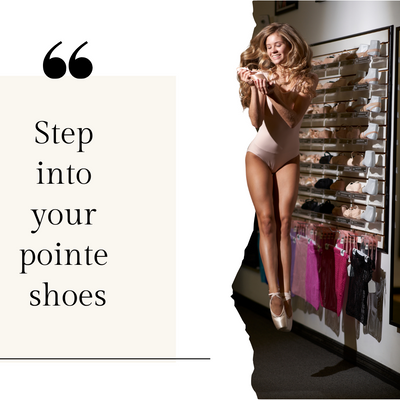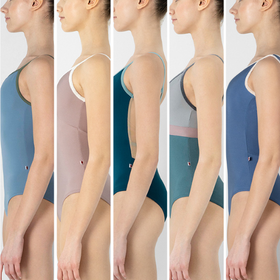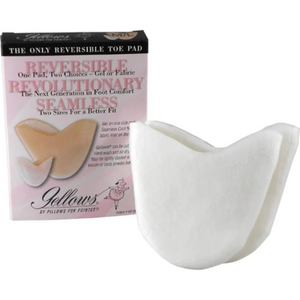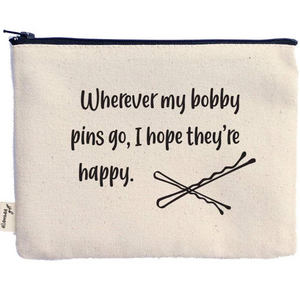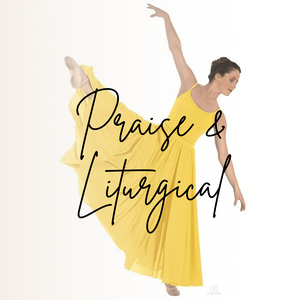Why Are Pointe Shoes Always on Backorder? A Deep Dive Into the Ballet World's Biggest Supply Dilemma
Pointe shoes are a vital part of a ballet dancer's world. They are more than just shoes; they are custom-fitted tools that allow dancers to perform with grace, strength, and precision. But if you're a dancer, parent, or studio owner, you've likely noticed how difficult it can be to consistently find pointe shoes in stock. So, why are pointe shoes always on backorder?
This blog will break down the real reasons behind the frequent backorders and what both dancers and retailers can do to navigate this ongoing issue.
1. The Impact of the Global Supply Chain Crisis
The COVID-19 pandemic disrupted global supply chains across countless industries, and the dancewear world was no exception. Pointe shoe manufacturers experienced massive delays due to factory shutdowns, labor shortages, and limited access to raw materials. Even as the world recovers, the ripple effects continue to affect production.
Shipping and logistics challenges have further complicated delivery timelines. With fewer shipping containers available and increased freight costs, it's no surprise that pointe shoes sometimes take months to arrive at retailers.
2. Geopolitical Issues Disrupting Manufacturing
Several pointe shoe brands have historically been produced in Eastern Europe, including Russia and Ukraine. The ongoing war in Ukraine and associated geopolitical tensions have made it extremely difficult for factories to operate consistently or export goods on schedule. Brands that previously sourced from or manufactured in this region are either relocating or dealing with long-term disruptions.
In addition, new U.S. tariffs being levied on imports from many countries have further complicated the situation. These tariffs increase the cost of goods for retailers, which can either reduce profit margins or result in higher prices for dancers. For manufacturers and importers, navigating changing trade policies adds another layer of complexity and potential delays in the supply chain.
3. Raw Material Shortages
Each pointe shoe is a hand-crafted item made from specific materials like satin, paste, canvas, leather, and glue. When even one of these components is in short supply, it can halt production entirely. Sourcing high-quality materials has become more challenging and expensive, driving up lead times and affecting overall availability.
4. High Demand from Dancers and Companies
Pointe shoes have a notoriously short lifespan. Professional dancers can go through a pair in just one performance. Even intermediate dancers may need new shoes every few weeks. Companies like the New York City Ballet reportedly spend close to $1 million a year on over 7,000 pairs of pointe shoes.
This high turnover rate, coupled with growing participation in dance programs worldwide, means that demand far exceeds supply. When demand spikes, manufacturers struggle to keep up.
5. Customization Adds Complexity
Many dancers require highly specific fits, padding, shanks, or lasts. Custom-fitted pointe shoes take longer to produce and are harder to keep in stock. Manufacturers prioritize these orders, but the added production complexity slows down the entire system.
6. Retailers Face Inventory Challenges
Retailers like Dancewear Corner must balance having enough inventory to meet demand while navigating manufacturer backorders and high costs. Pointe shoes are not a one-size-fits-all product—there are dozens of brands, each offering multiple models, with variations in length, width, and shank strength. Multiply that by the number of dancers and preferences, and the required inventory becomes massive.
The average pair of pointe shoes costs between $90 and $130 wholesale. If a retailer wants to keep just 10 pairs of each model, size, and width combination across 6 brands, that's easily over 1,000 individual SKUs. At an average wholesale cost of $100, that's $100,000 tied up in inventory—before factoring in custom orders or seasonal demand spikes. Maintaining this level of stock is not only expensive but risky if manufacturers change or discontinue models.
To complicate things further, dancers sometimes switch models or brands without notifying the retailer. Even if a retailer stocks up on a particular model based on past purchasing patterns, they may suddenly find that demand has shifted, leaving them overstocked on one style and understocked on another. This unpredictability makes it even more difficult to manage inventory effectively.
This creates a domino effect: when retailers can't get the stock they need, dancers and studios experience delays.
What Can You Do?
-
Order Early: Plan your purchases in advance and don’t wait until the last minute.
-
Be Open to Alternatives: If your usual model is backordered, speak to a fitter about other options that may suit your needs.
Final Thoughts
Backorders on pointe shoes are the result of a complex web of supply chain issues, global events, material shortages, and increasing demand. By understanding the reasons behind these delays, dancers and studios can better prepare and adapt.
At least if you have to wait on your Pointe Shoes you can save with our Buy 4 Pairs and get the 5th Pair free promotion or use our Cashback and Rewards programs.
Stay tuned for more tips, updates, and solutions to keep you dancing without disruption.


